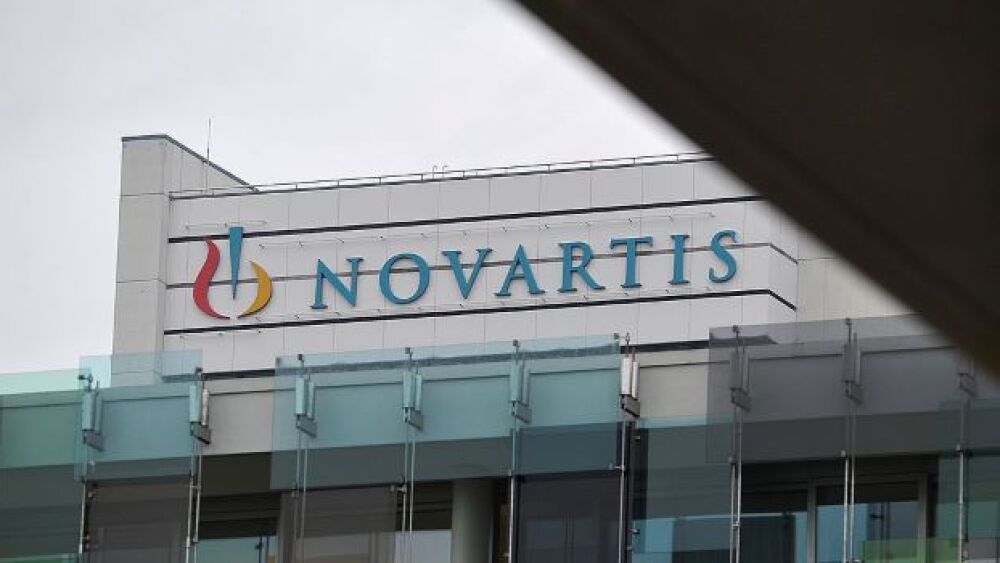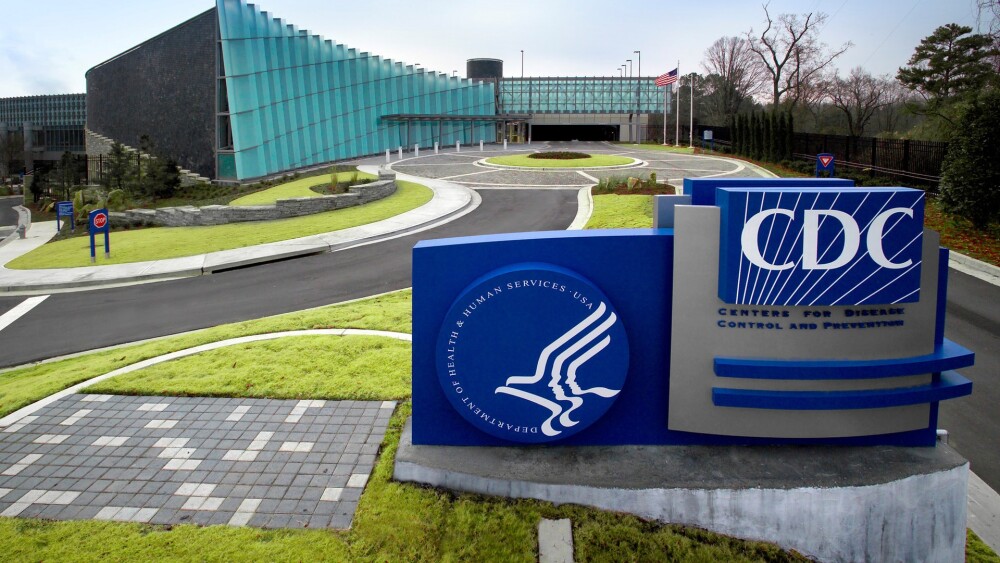Novartis unveiled plans to separate its generics and biosimilars arm, Sandoz, into a standalone entity, allowing both to pursue independent and more business-appropriate growth strategies.
Harold Cunningham/Getty Images
Novartis unveiled Thursday plans to separate its generics and biosimilars arm, Sandoz, into a standalone entity. The move is expected to maximize value across all businesses.
The spin-off will allow both Novartis and Sandoz to pursue independent and more business-appropriate growth strategies and focus on their respective strengths: developing patent-protected innovative medicines and providing high-quality generic and biosimilar treatments.
Given Sandoz’s strong pipeline of over 15 molecules and an experienced management team, shareholders can expect maximized value from the spinout company and its parent, the company stated.
“The proposed spin-off would enable both businesses to focus on maximizing value creation for their shareholders by prioritizing capital and resource allocation, employing separate capital structure policies and increasing management focus on their individual business needs,” a Novartis spokesperson told BioSpace.
The spokesperson added that following the separation, Novartis will be able to invest more of its resources and expertise into its five core therapeutic areas: hematology, immunology, cardiovascular diseases, neuroscience and solid tumors. The spin-off will also help the company strengthen its technology platforms, including gene, cell and radioligand therapies, targeted protein degradation and xRNA.
A Global Off-Patent Industry Leader
The decision to establish Sandoz as an independent business entity comes after a comprehensive strategic review, which Novartis kicked off in October last year. At the time, it saw a 7% growth in European sales and was offset by a 9% negative price effect. The numbers were worse in the United States, where falling prices slashed 20% off Sandoz’s sales.
Figures have since looked up for the Swiss company’s generics unit, which earned $2.5 billion in sales in the fourth quarter of 2021, an increase from the year before. Sandoz saw an 8% sales growth in the first quarter of this year. Most of this was accrued outside the U.S.
Novartis leadership “concluded that separation by way of spin-off would be in the best interest of our shareholders,” the spokesperson said, pointing to Sandoz’s strong standing to become Europe’s top generics company and a global leader in the biosimilars space.
Nevertheless, the company conceded that the spin-off will plunge Sandoz into a highly competitive and agile market. “We do expect more competition over time, as this is a market for off-patent products,” the spokesperson noted, adding that Sandoz’s deep technological background and existing infrastructure give it a strong competitive advantage over other players in this space, particularly in regards to biosimilars.
“Technological demands on competitors are significant and biosimilar companies need to make substantial investments over a longer period,” the spokesperson pointed out.
Letting Assets Go
The Sandoz spin-off is the latest development in Novartis’ restructuring wave to reduce expenses and maximize savings. On Tuesday, the company revealed plans to cut 1,400 jobs across sites in Switzerland, half of which will include leadership and managerial roles. In July, Novartis announced that it was slashing its headcount by 8,000 in hopes of saving at least $1 billion by 2024.
Novartis had first alluded to this large-scale restructuring in April when it also announced it was merging its oncological and pharmaceutical divisions into what is now the company’s innovative medicine arm. Former Novartis president Marie-France Tschudin assumed leadership of the innovative medicine international unit.
“The new organizational structure … is central to our growth strategy as it will make us more agile and competitive, enhance patient and customer orientation, unlock significant potential in our R&D pipeline, and drive value creation through operational efficiencies,” a company spokesperson told BioSpace at the time.






